In today's competitive market, the production efficiency and quality of machine cup paper are crucial for manufacturers aiming to meet consumer demand while minimizing costs. Improving these aspects not only enhances profitability but also ensures customer satisfaction and loyalty. This article explores various strategies that can be implemented to boost both production efficiency and product quality in paper cup manufacturing.
Understanding the Production Process
To improve production efficiency, it is essential to have a clear understanding of the entire machine cup paper manufacturing process. This includes raw material selection, cup design, printing, forming, and final packaging. Each stage has specific requirements and challenges. Analyzing these processes helps identify bottlenecks and areas where improvements can be made. For example, optimizing the layout of machinery can reduce handling time and streamline operations.
Investing in Technology
One of the most effective ways to enhance production efficiency is through technological investments. Modern machinery equipped with advanced features such as automation and real-time monitoring can significantly speed up production rates. Automated systems reduce human error and improve consistency in product quality. Additionally, integrating software solutions for inventory management can help track raw materials and predict usage, preventing delays caused by shortages.
Implementing Lean Manufacturing Principles
Lean manufacturing principles focus on waste reduction and efficiency improvement. By adopting techniques such as 5S (Sort, Set in order, Shine, Standardize, Sustain), manufacturers can create a more organized and efficient work environment. Streamlining workflows and eliminating unnecessary steps in the production process not only saves time but also minimizes costs. Regular training sessions on lean practices can empower employees to identify and solve inefficiencies proactively.
Quality Control Measures
Quality control is vital in ensuring that machine cup paper meet industry standards and customer expectations. Implementing strict quality control measures at each production stage can prevent defects and costly recalls. This may involve regular inspections, testing materials for durability, and ensuring that the final product is free from imperfections. Employing statistical process control (SPC) can also help monitor production quality in real-time, allowing for immediate corrections when deviations occur.
Training and Workforce Development
The workforce plays a critical role in production efficiency and quality. Investing in employee training programs ensures that workers are well-versed in the latest techniques and technologies. Skilled employees are more likely to produce high-quality products and identify potential issues early in the production process. Encouraging a culture of continuous improvement can motivate employees to contribute ideas for enhancing efficiency and quality.
Sustainable Practices
As sustainability becomes increasingly important, incorporating eco-friendly practices into production can improve efficiency and appeal to environmentally conscious consumers. Using recycled materials and energy-efficient machinery can reduce costs and waste. Furthermore, sustainable practices can enhance brand reputation and customer loyalty, which indirectly boosts sales and profitability. Manufacturers should consider obtaining certifications for environmentally friendly production to attract a wider customer base.
Enhancing Supply Chain Management
Effective supply chain management is crucial for ensuring the timely availability of materials and products. Building strong relationships with suppliers can lead to better deals and reliable delivery schedules. Additionally, utilizing just-in-time (JIT) inventory systems can minimize storage costs and reduce the risk of overproduction. Monitoring supply chain performance metrics can provide insights into areas that need improvement, ultimately increasing overall production efficiency.
Customer Feedback and Market Trends
Listening to customer feedback is essential for improving product quality. Engaging with customers through surveys or social media can provide valuable insights into their preferences and experiences. Staying updated on market trends allows manufacturers to adapt their products accordingly, ensuring they meet evolving consumer demands. This proactive approach to product development can enhance both quality and efficiency, as manufacturers tailor their processes to align with what customers want.
Conclusion: Striving for Continuous Improvement
Improving the production efficiency and quality of machine cup paper is an ongoing journey that requires dedication and strategic planning. By understanding the production process, investing in technology, implementing lean principles, and prioritizing quality control, manufacturers can significantly enhance their operations. Furthermore, fostering workforce development, embracing sustainable practices, refining supply chain management, and responding to customer feedback all contribute to a stronger production framework. In a market driven by quality and efficiency, manufacturers that adopt these strategies will be well-positioned for success.




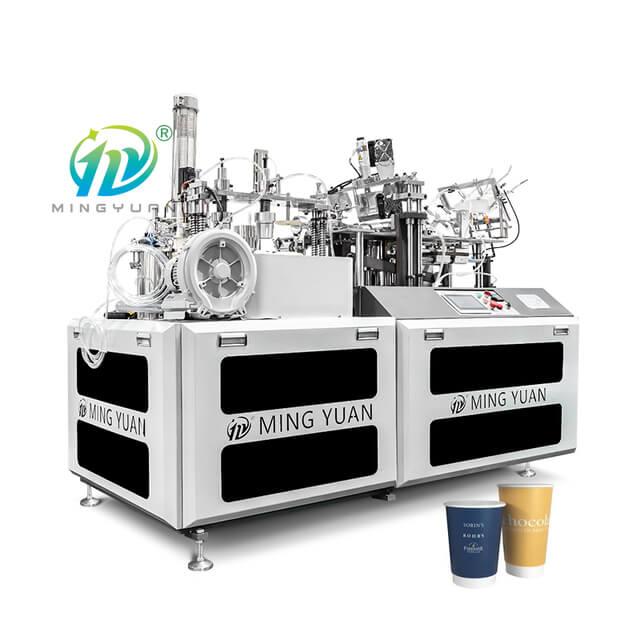
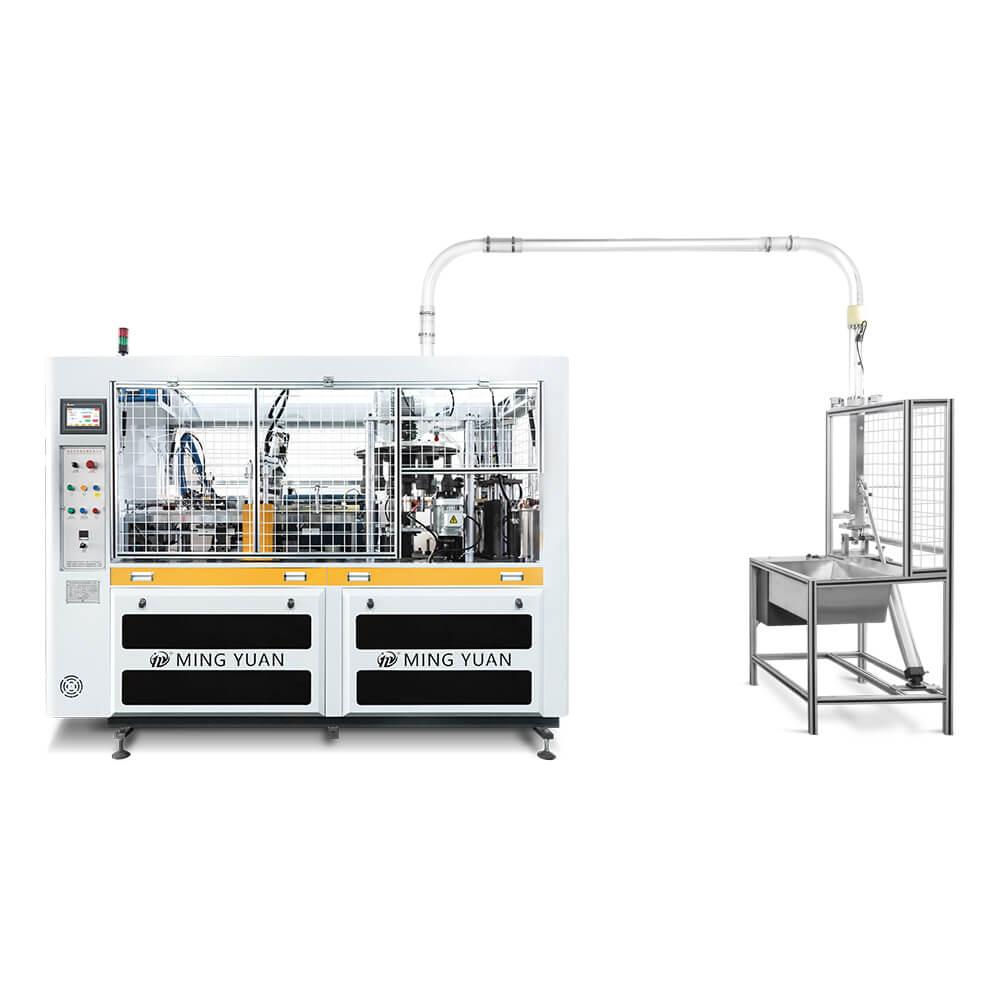
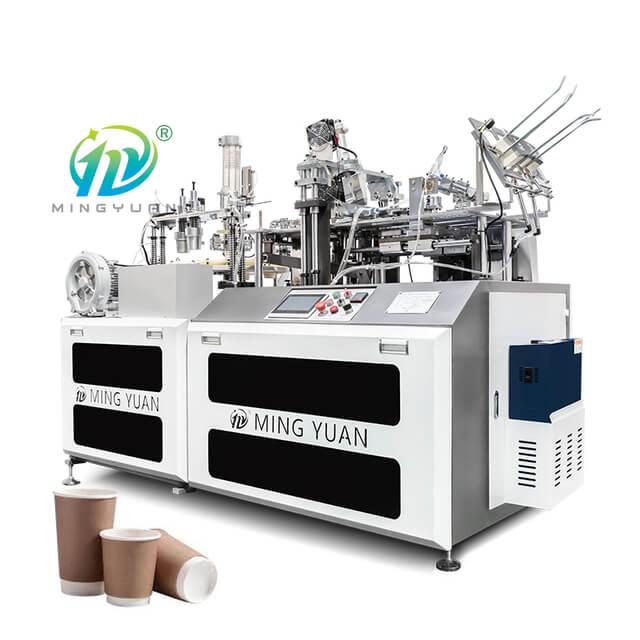
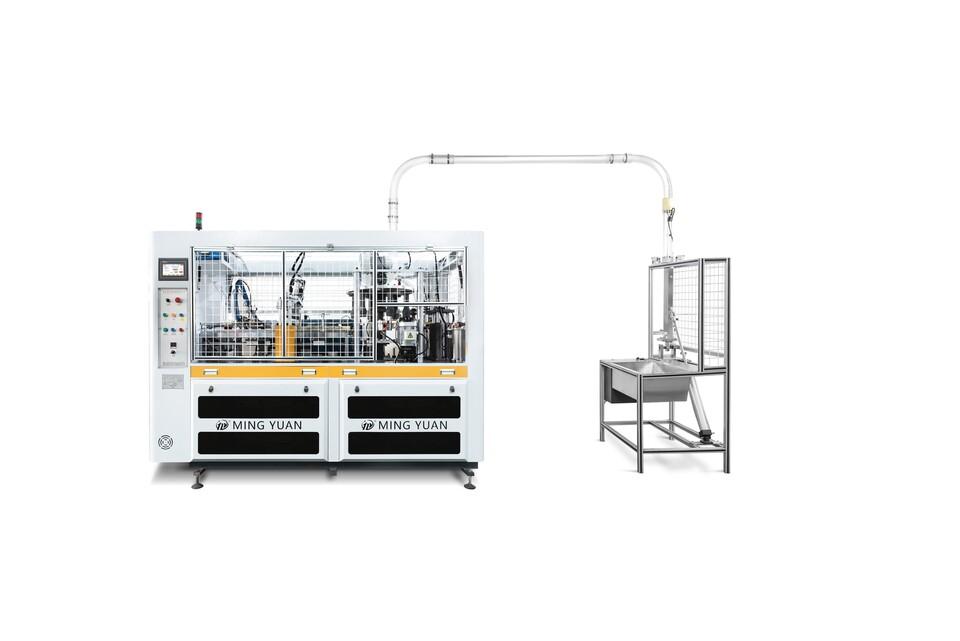
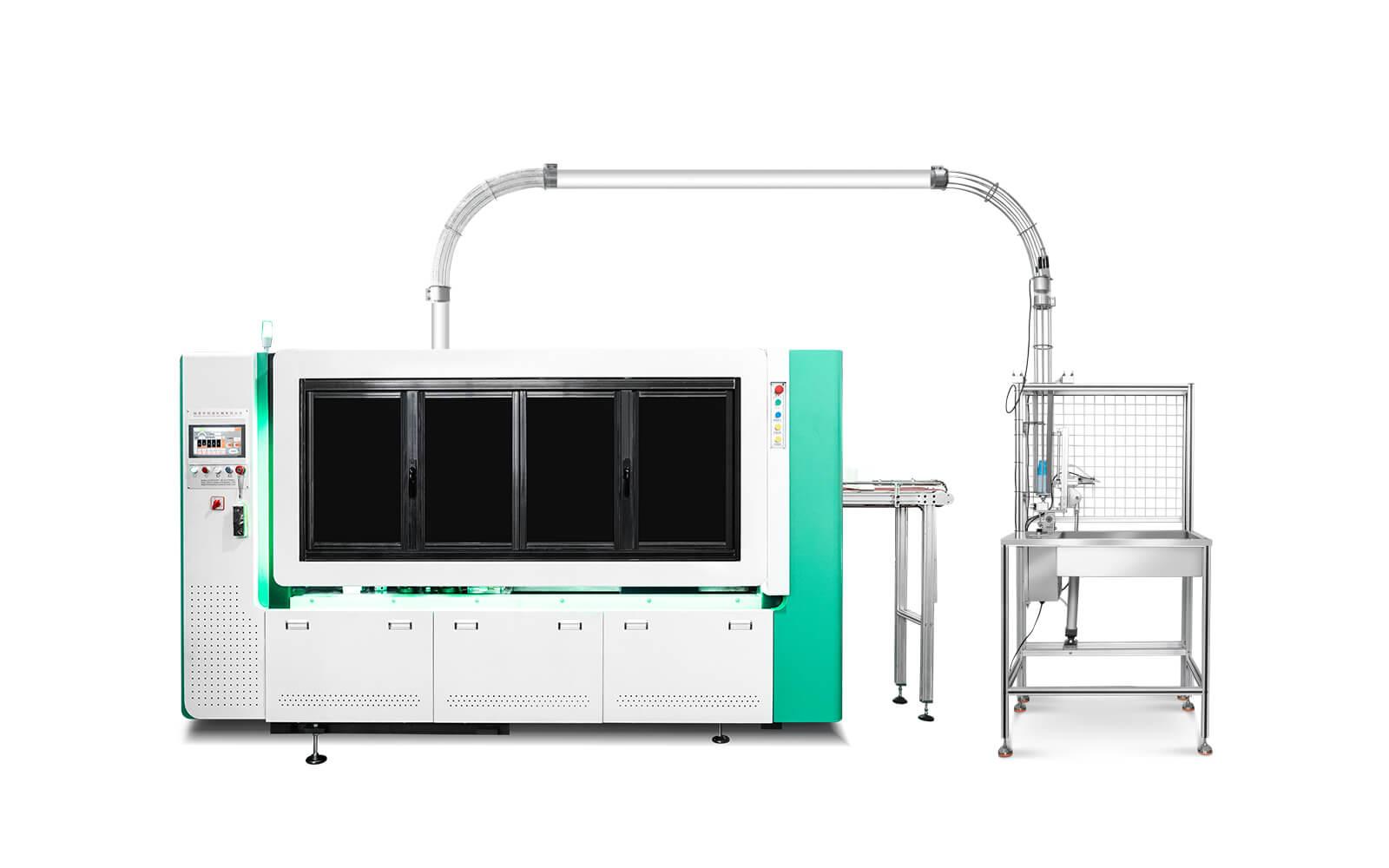

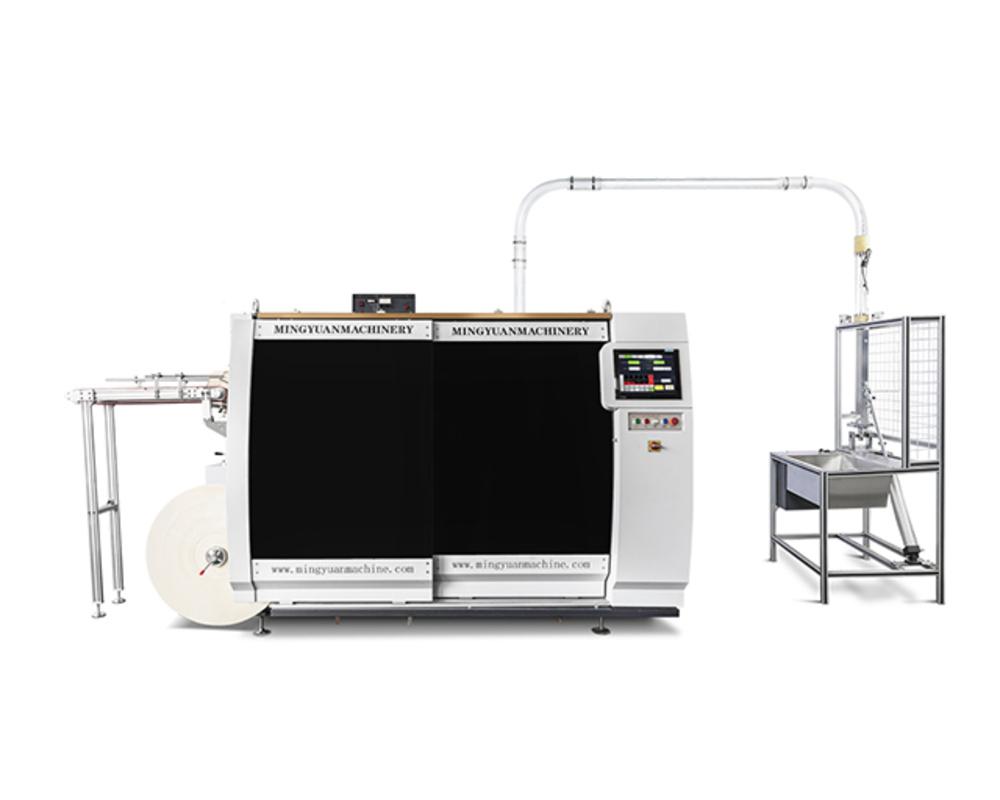
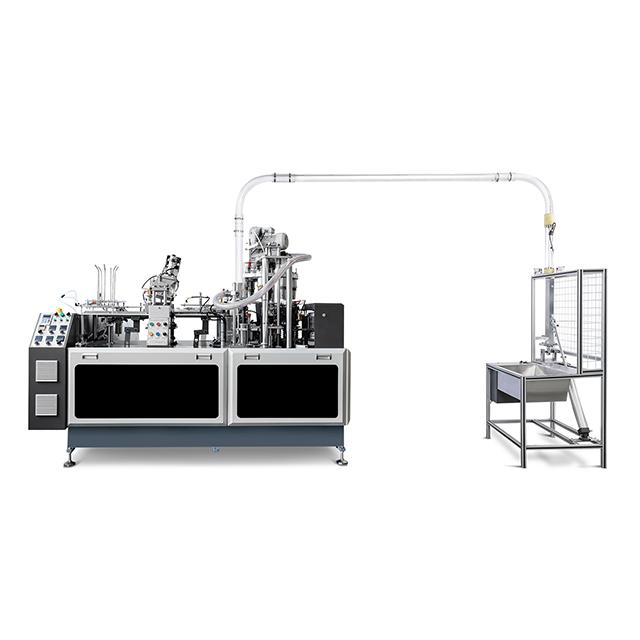
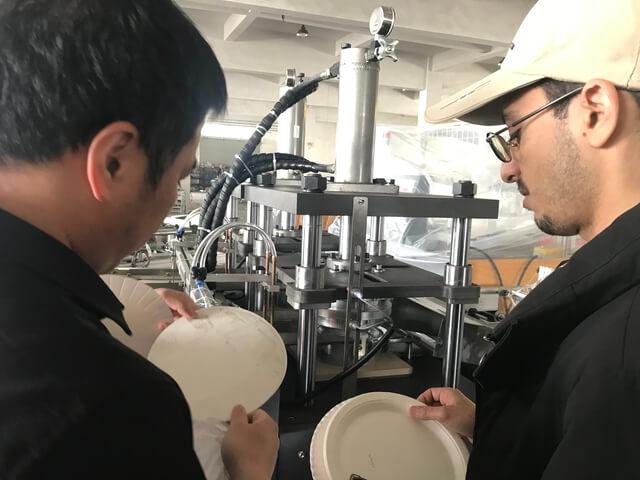
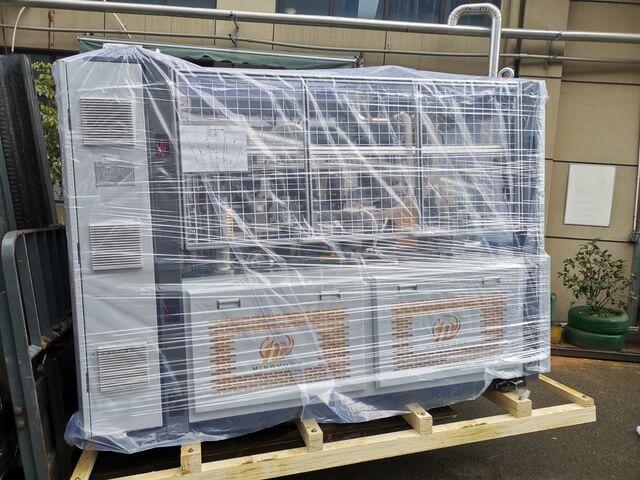
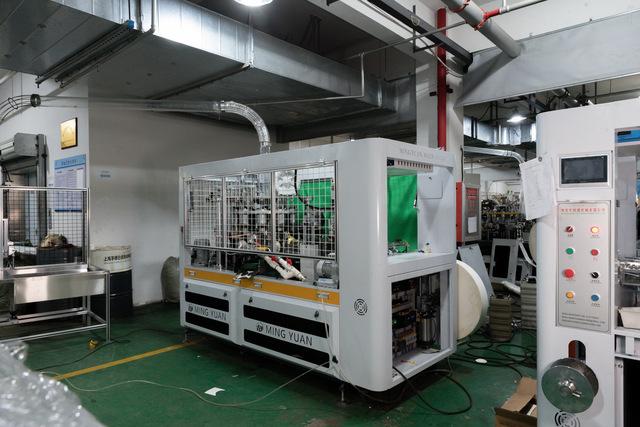

 Tel: +86-19057361870 / +86 577 65567060
Tel: +86-19057361870 / +86 577 65567060  Email: paperproductwholesaler@gmail.com
Email: paperproductwholesaler@gmail.com MP/WhatsApp: +86-19057361870
MP/WhatsApp: +86-19057361870 Manufacturer Address:No.1588, Huaming Road, Feiyun Street,Ruian City Zhejiang Province -325200 China
Manufacturer Address:No.1588, Huaming Road, Feiyun Street,Ruian City Zhejiang Province -325200 China




